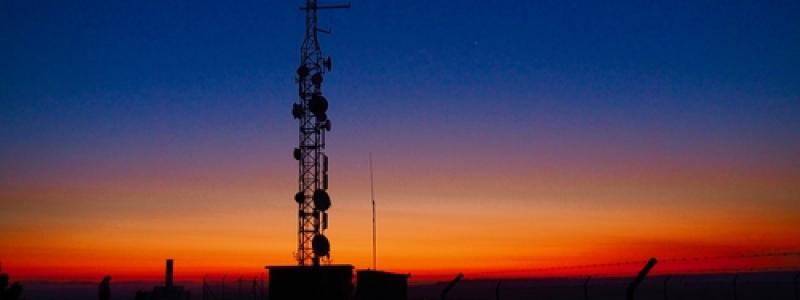FCC’s tweaked 5G rules should facilitate faster 5G network deployments

Just this week, the Federal Communications Commission (FCC) has voted 3-2 in favor of new rules that would do away with specific environmental inspections for new cell and mobile broadband sites. Furthermore, small facilities that are set up on non-native land are no longer required to be reviewed under the National Historic Preservation Act or the National Environmental Policy Act. While it is true that they will still have to comply with local and state regulations, they will no longer need to wait for the government’s green light in order to roll out sites to serve as foundation for future 5G service offerings.
Moreover, the newly tweaked 5G regulations should also erase the need to submit environmental evaluations just because a proposed facility is situated in a flood plain, although a specific set of criteria will still be required in order to be given the all clear. But it should be noted that officials from the FCC now have time frames to act on those environmental evaluations.
The loosened rules should be welcome news, especially for wireless service providers in the United States that are looking to debut their respective 5G services at the earliest opportunity. Through a press release, the Cellular Telecommunications Industry Association (CTIA) has praised the FCC’s decision, saying that with the new rules, the arrival of the 5G era in America has been sped up.
The Competitive Carriers Association (CCA) has also expressed its support for the move, posting a tweet thanking the FCC for helping streamline existing policies with regards to infrastructure siting.
Of course, those who support environmental causes will not be happy with the new rules approved by the FCC. They argue that by eliminating a few environmental checks, this might lead to a lesser scrutiny for the potential environmental impact of small cell sites. That complacency could speed environmental doom in the future. Just to be clear about everything, nothing has changed for big cell sites, which still have to undergo stringent government assessments before they can be rolled out.
Also, others are also arguing that while it is true that the tweaked 5G rules are making it possible for the wireless industry to roll out 5G networks faster, the regulations are not helping enough in providing protection for tribal nations and local governments. Because environmental checks are no longer in the picture, future small site deployments could negatively impact historic properties, especially those with religious or cultural significance.
Related Blog Articles
- Number of music streaming subscribers in America now equal Canada’s population
- FCC may soon ban the purchase of gear from companies that pose a national security risk
- DOJ report: FBI had sued Apple without exhausting all options for unlocking iPhone
- iPhone users suing Apple over Batterygate might merge lawsuits into one class action case
- 5G: Can it work in developing countries?
- Should we be worried about the so-called smartphone blindness?
- Latest Wirefly carrier speed report: Industry leaders dominate
- Google and Kajeet team up to bring Wi-Fi to school buses
- Can too much VR also negatively impact kids?
- Hearing aids: Getting a boost from smart technology
Related Blog Posts
- Report: Drug users are using wearable devices during binges
- Spotify allows Android users to reorder playlists; Pandora lets users share tunes to Snapchat Stories
- WhatsApp combats fake news with a new forwarded label
- FCC: Today’s improving mobile networks can impact healthcare costs
- Did Apple Music already overtake Spotify in America?


 Menu
Menu